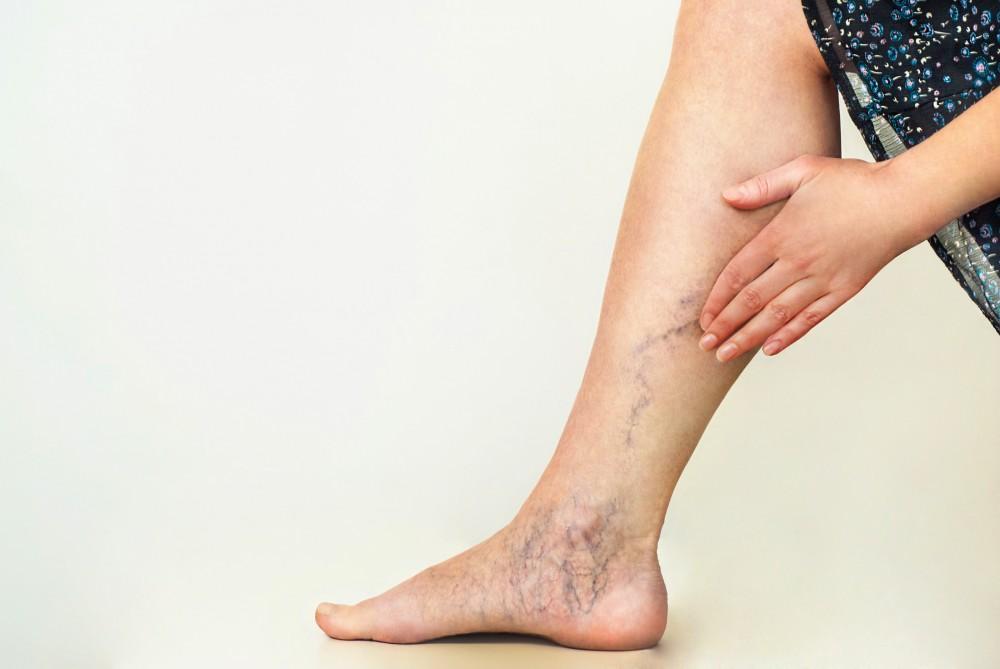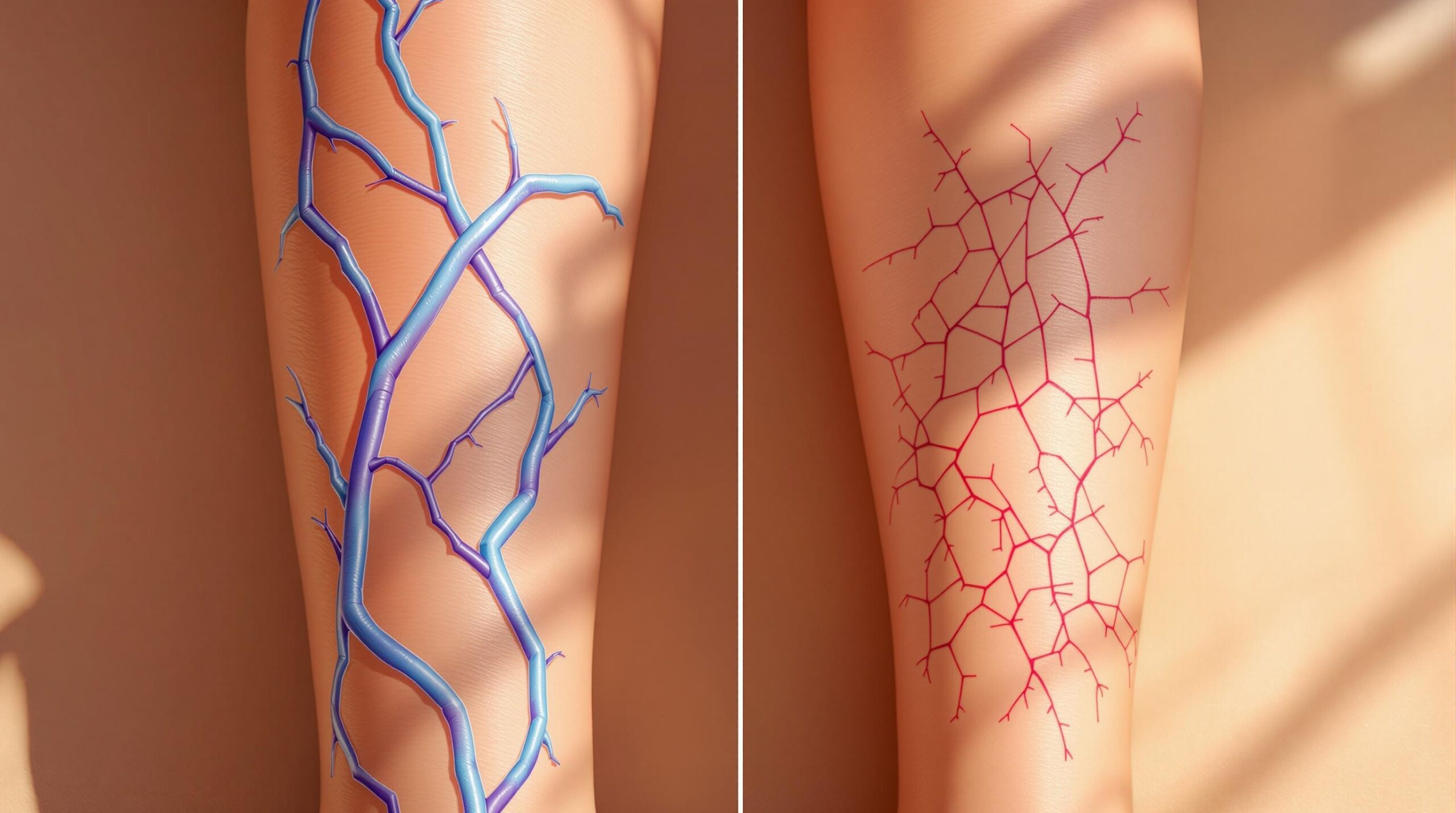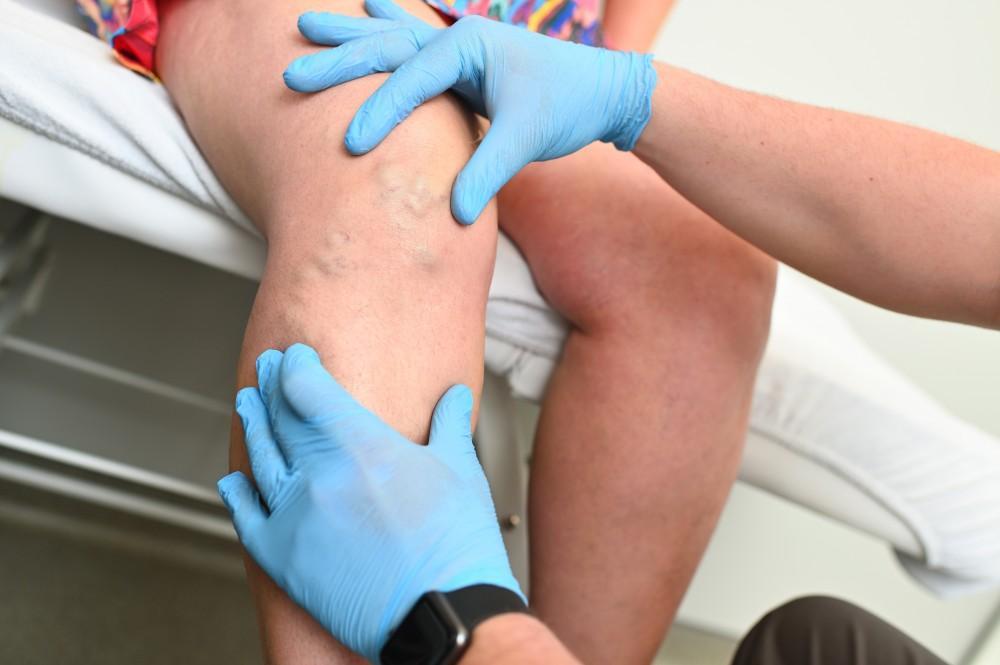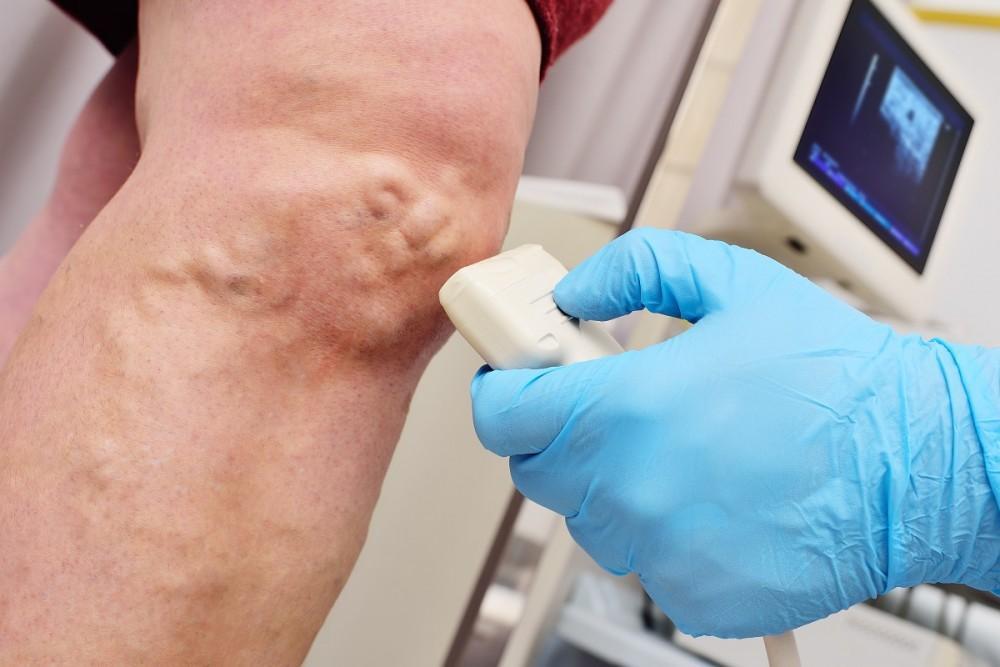Your veins work hard to keep the blood flowing to your heart from body parts near and far. But it’s those “far” ones that have the hardest job. The veins in your legs have to deal with the extended distance from your heart and also have to work against gravity to get the blood back up to your chest.
If something hinders that flow, you start to see outward signs that something’s wrong.
At Prime Heart and Vascular, Dr. Rishin Shah and our team of vein specialists can determine exactly what’s going on in your leg veins, and treat the problem so your blood flows freely once again. Two of the most common conditions that may be making it hard for your veins to get the blood moving in the right direction are chronic venous insufficiency and chronic venous obstruction.
Facts about chronic venous insufficiency
Getting blood from your lower extremities to defy gravity and travel upward back to your heart is an amazing feat — but your veins have help along the way. Inside your leg veins are several little one-way valves that stop the blood from dropping back down. If those valves are damaged and can’t close properly, you have chronic venous insufficiency or venous reflux.
The result is that you get blood pooling in those veins instead of moving forward, which causes symptoms such as:
- Visible veins
- Swelling
- Pain or discomfort
- Cramps, charley horses, or spasms
- Skin discoloration
- Leg ulcers
Dr. Shah diagnoses chronic venous insufficiency by finding out more about you and your medical history. Chronic venous insufficiency can run in families, so he asks about your family history. Also, it’s more common in those who sit or stand for long periods of time, those who are overweight, and smokers.
Once he has performed a physical exam, he uses ultrasound technology to view the blood flow in your veins to determine exactly what condition you have.
If you have chronic venous insufficiency, Dr. Shah starts conservatively by having you elevate your feet often, wear compression socks or legwear, lose weight, and get regular exercise. Often, this is all it takes to get the blood flowing properly again.
If further medical intervention is needed, Dr. Shah may suggest one of the following treatments to resolve your chronic venous instability:
- Radiofrequency ablation: An in-office procedure that uses sound waves to close your vein
- Scleropathy: A medication injected into the vein to close it
- Microphlebectomy: A tiny incision to remove a vein
Getting treatment for your chronic venous insufficiency is important to your overall health and may prevent dangerous blood clots from forming.
Facts about chronic venous obstruction
Like chronic venous insufficiency, chronic venous obstruction hinders the blood flow from your legs to your heart, but the reason is different. In chronic venous obstruction, it’s not the valves that are slowing the flow, but blockage in other parts of the veins.
Typically, the traffic jam occurs because of built-up scar tissue inside the vein, which is a common condition if you’ve had deep vein thrombosis and used anticoagulant medications to resolve a blood clot. Sometimes, the blood clot disappears completely, but other times it turns into scar tissue instead and ends up blocking the blood flow.
Another reason you may have chronic venous obstruction is a condition called May-Thurner syndrome, which affects the veins and arteries in your pelvic region. If one of the iliac (pelvic) arteries crosses an iliac vein and puts too much pressure on it, your blood flow slows as if you stepped on a garden hose.
Chronic venous obstruction can also lead to blood clots, and if they break apart and head toward your lungs — called a pulmonary embolism — it could be life-threatening.
Dr. Shah treats your chronic venous obstruction with the same initial approach as he does for chronic venous insufficiency, with conservatism. But should you need more advanced treatment, he turns to two effective procedures: a venous stent, which is a small tube inserted into your vein to keep it open, or clot removal through medication or radiofrequency.
When to see a doctor for vein problems
Vein problems can range from mildly annoying to life-threatening, and the only way to know for sure what you have and how to resolve it is to see Dr. Shah. If your vein condition is merely a cosmetic issue, he lets you know your options.
If your vein condition is a serious health problem, however, you can trust Dr. Shah, a triple-board certified expert who provides patients throughout the Greater Dallas, Texas, area with world-class vascular health care.
If you suspect chronic venous obstruction, chronic venous insufficiency, or any other heart or vascular complication, call us today at any of our three locations or book an appointment using our online tool. You can also send a message to Dr. Shah and the team here on our website. We’ll get your blood flowing again.





